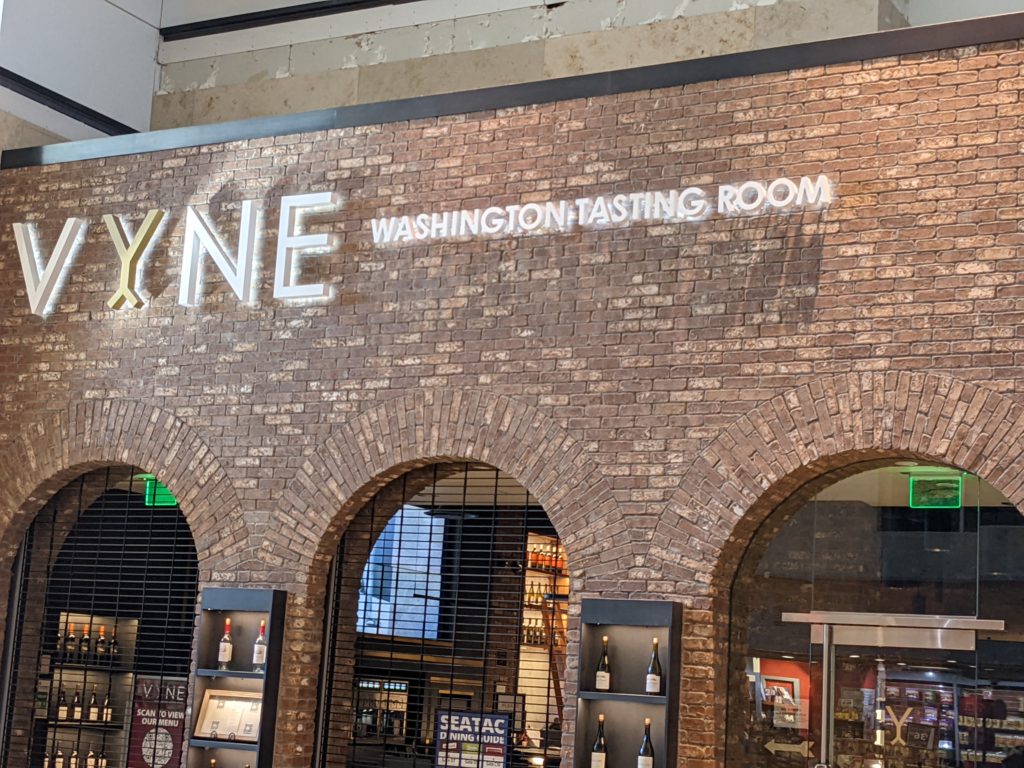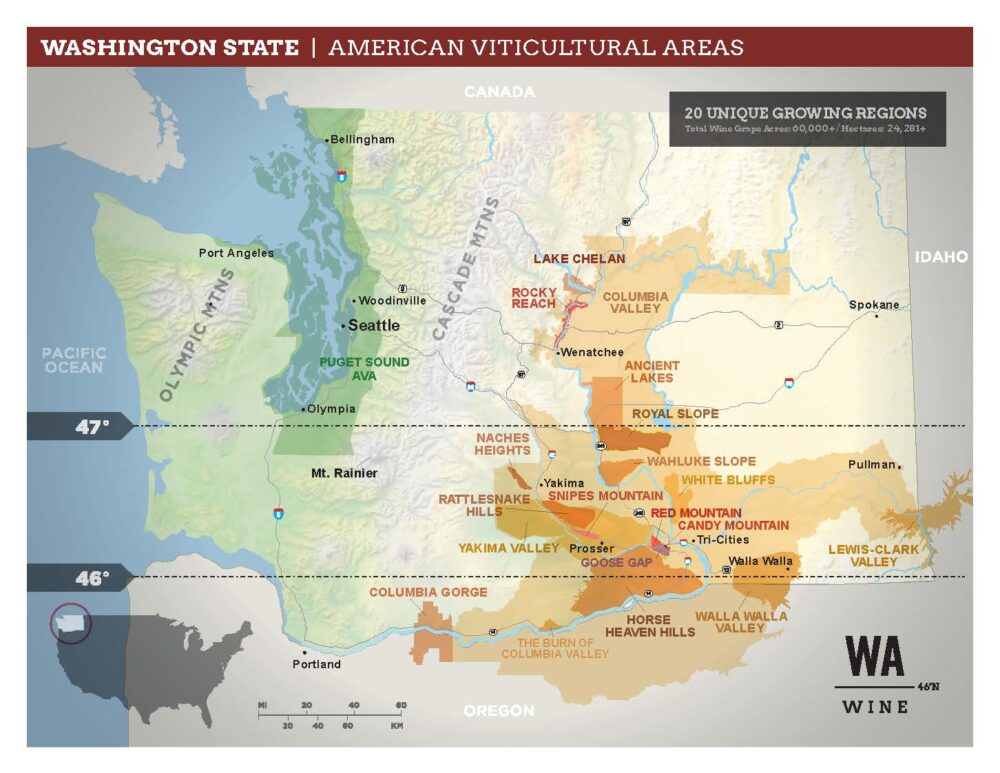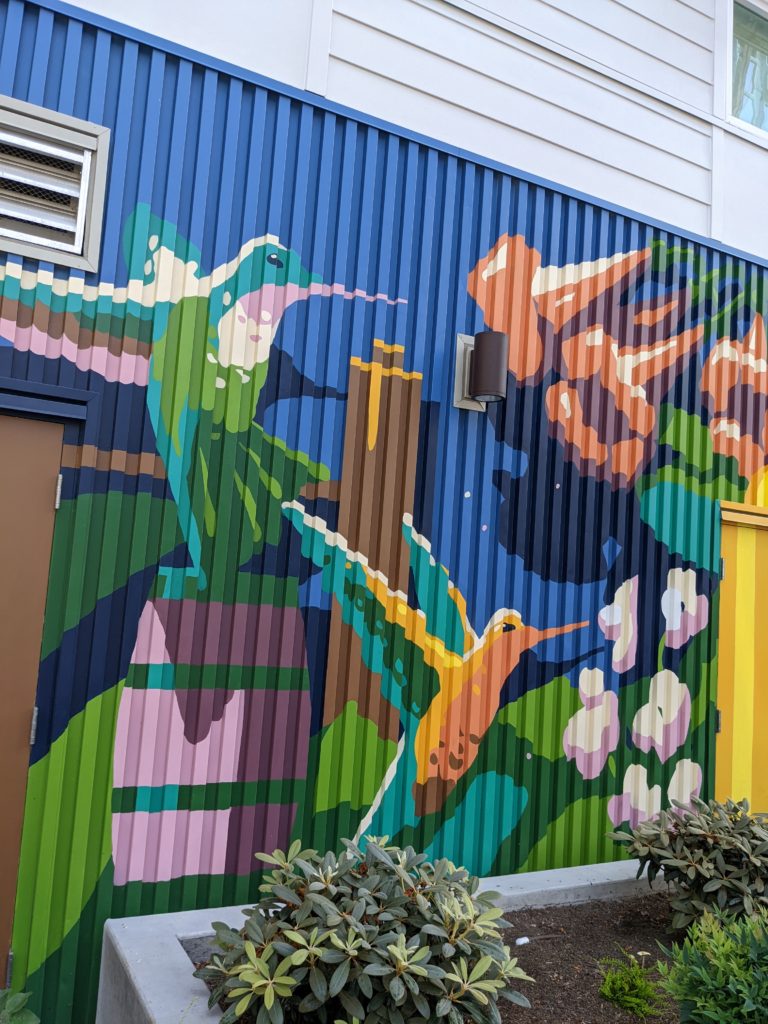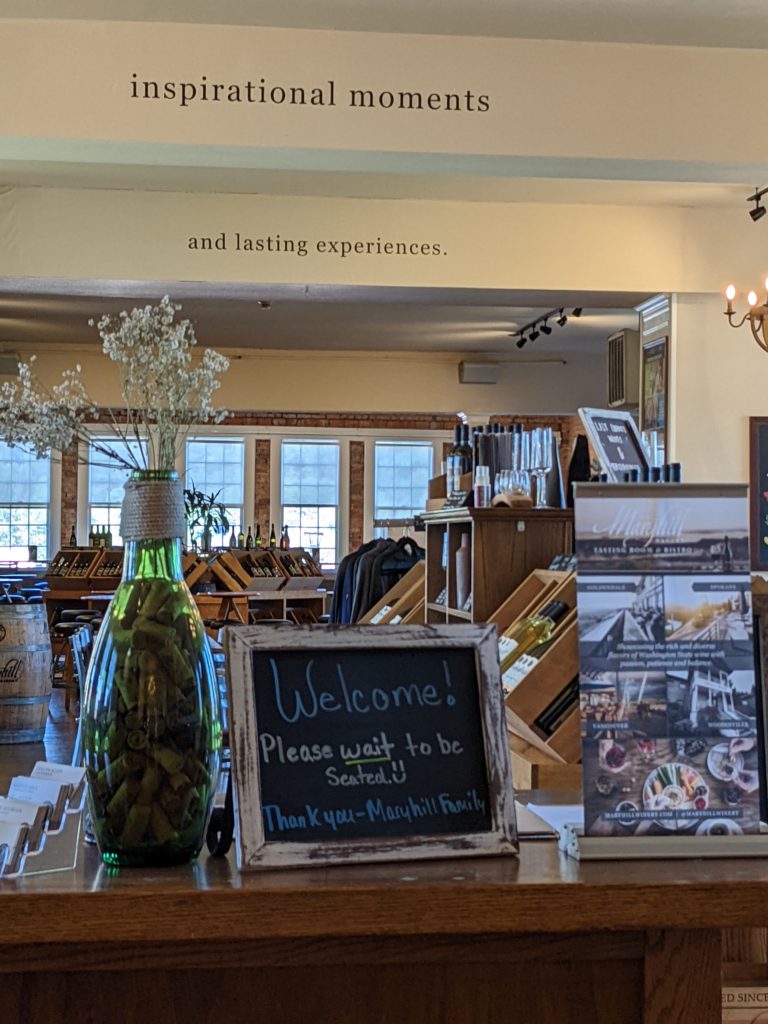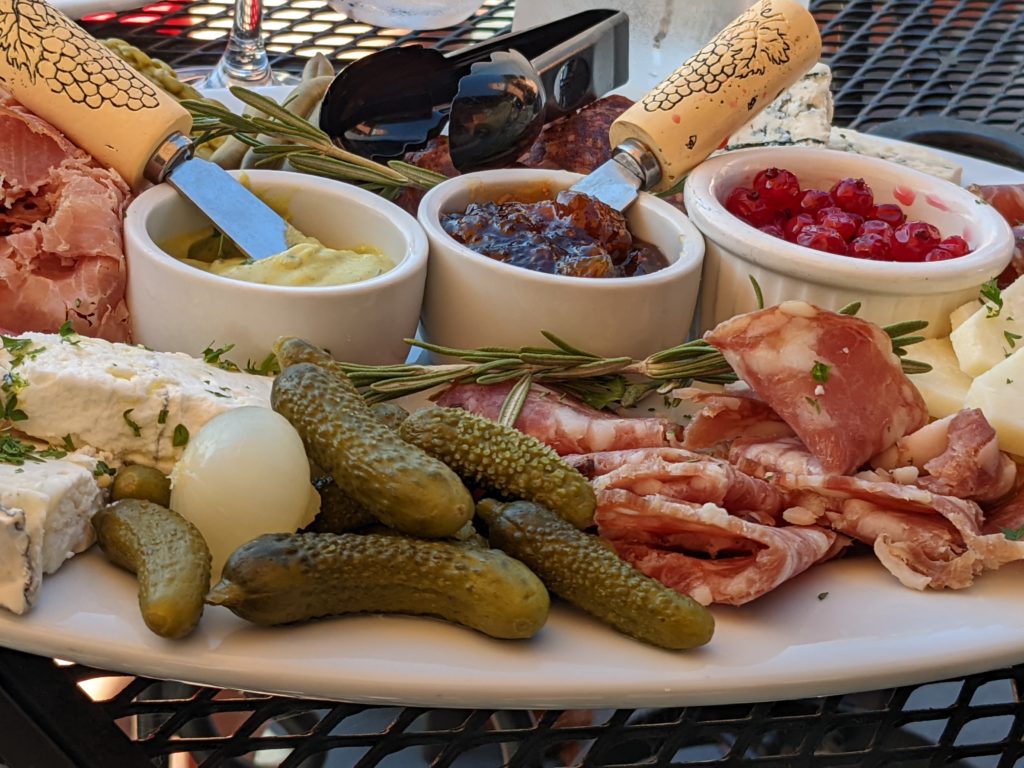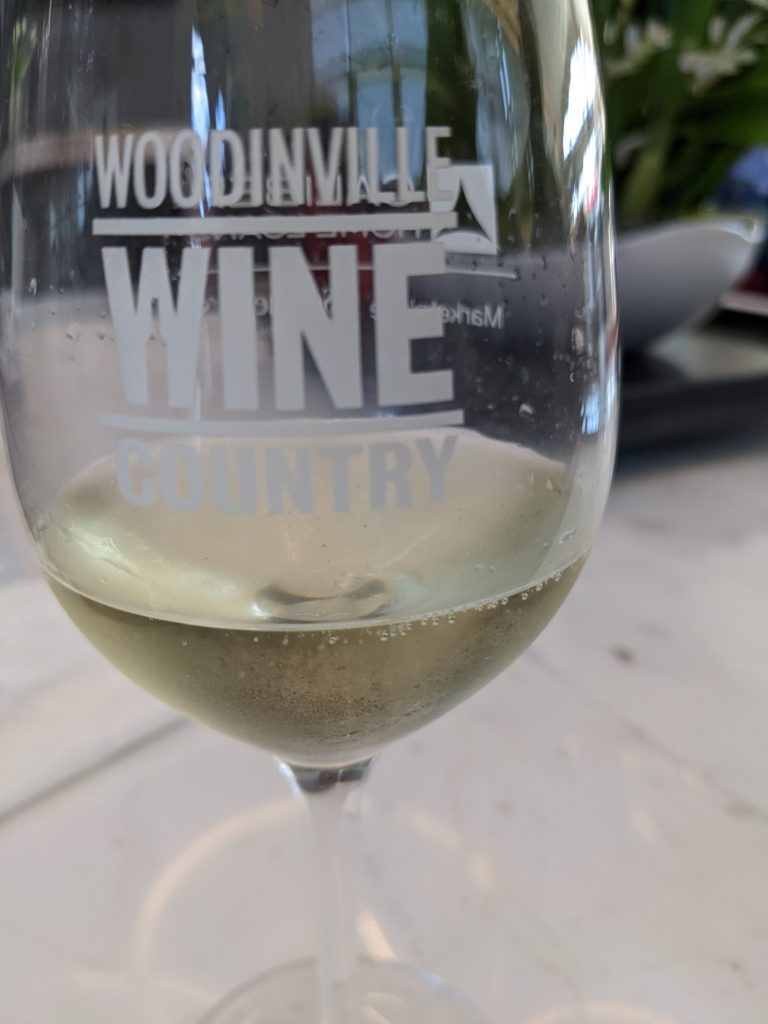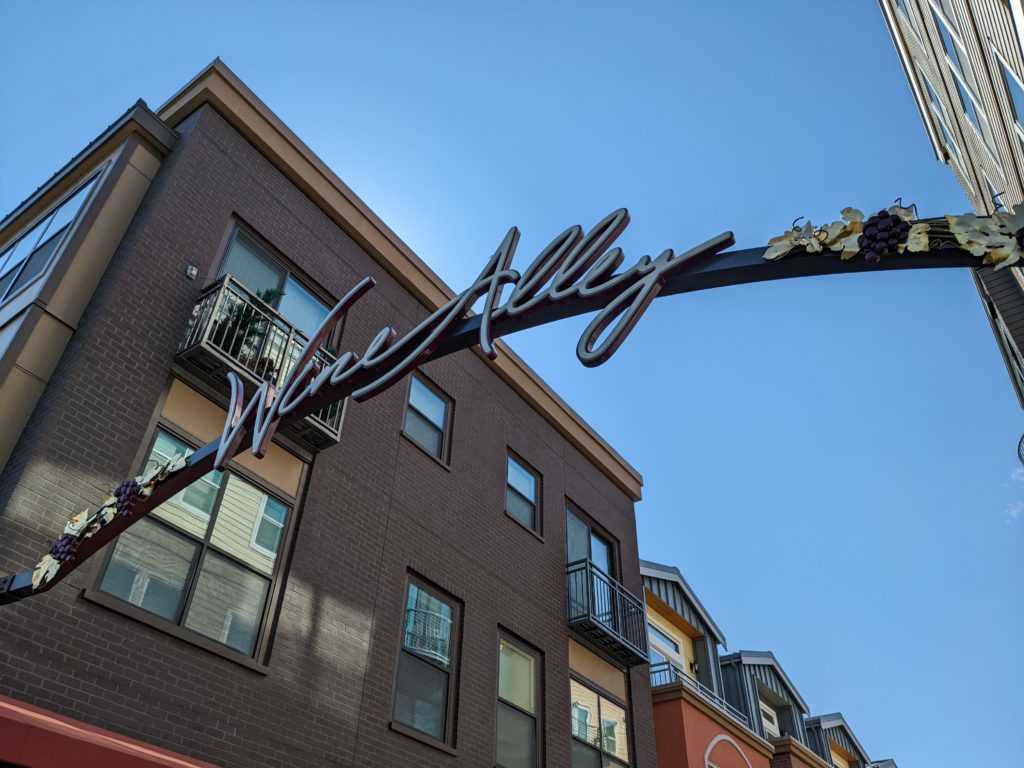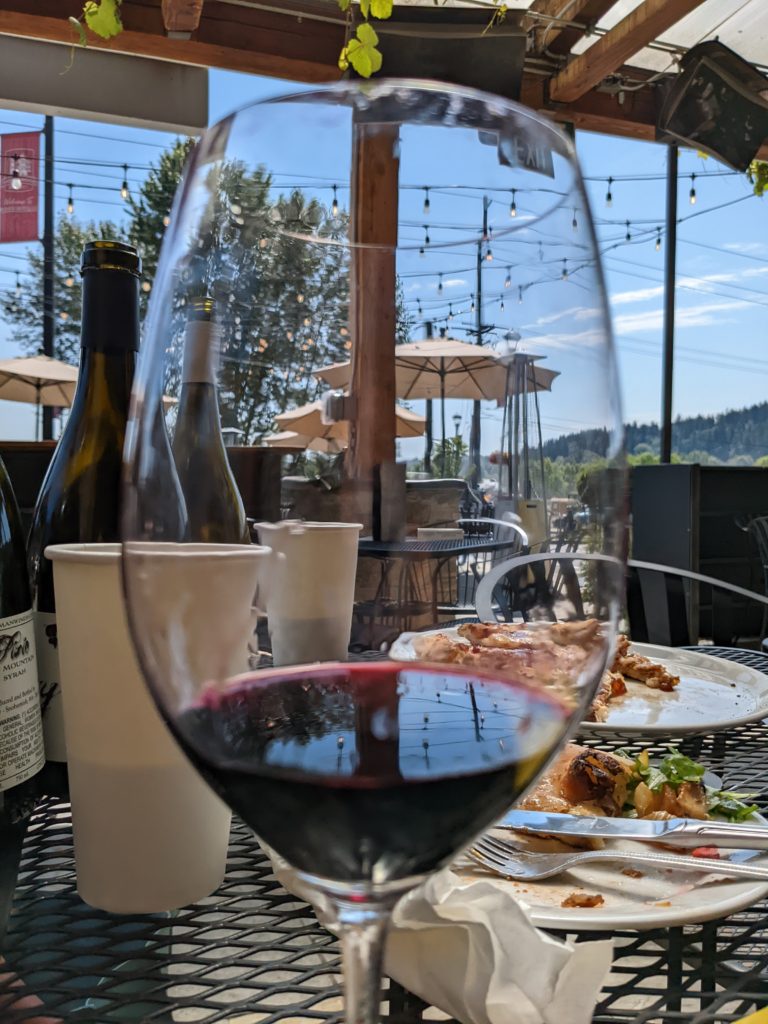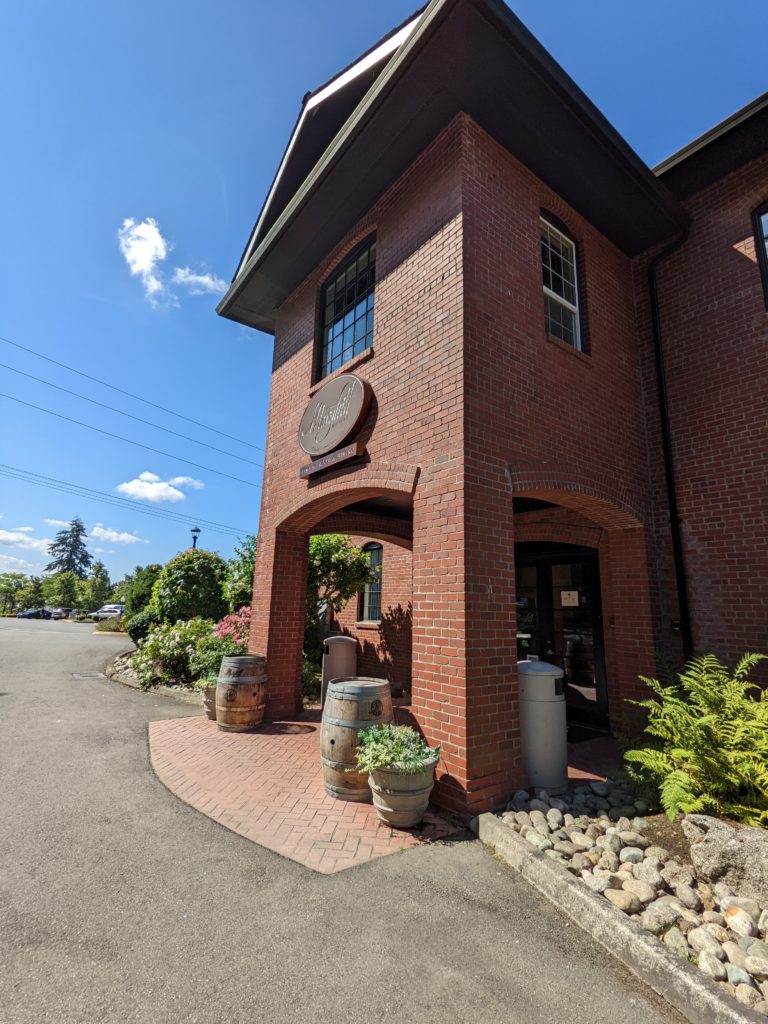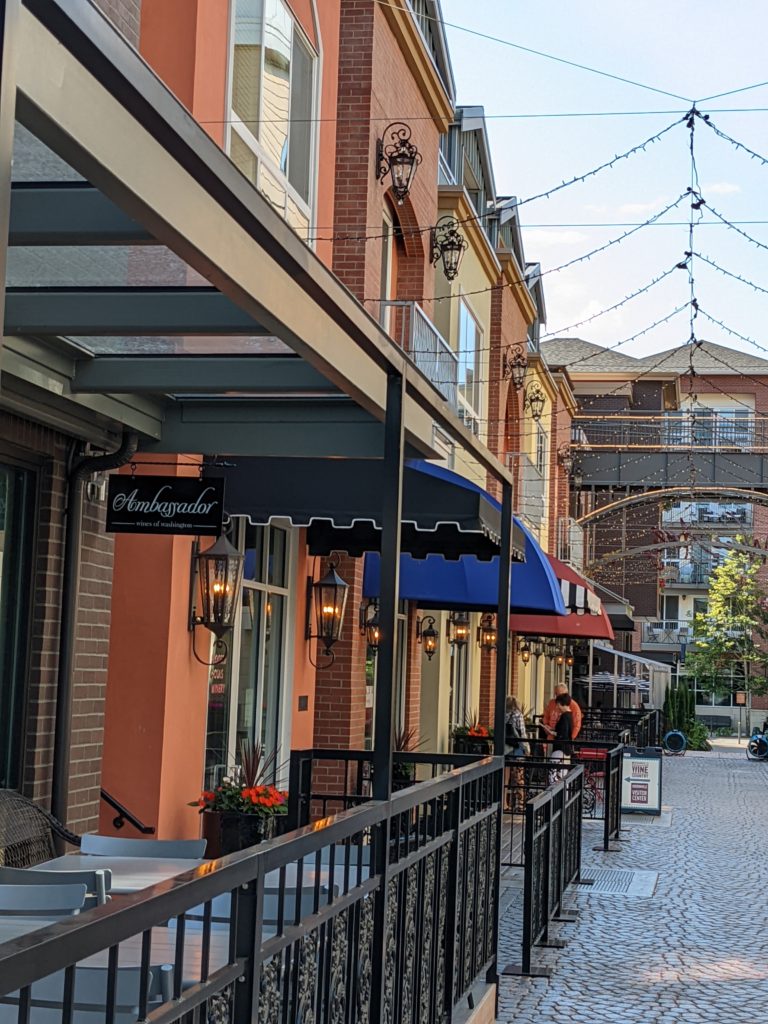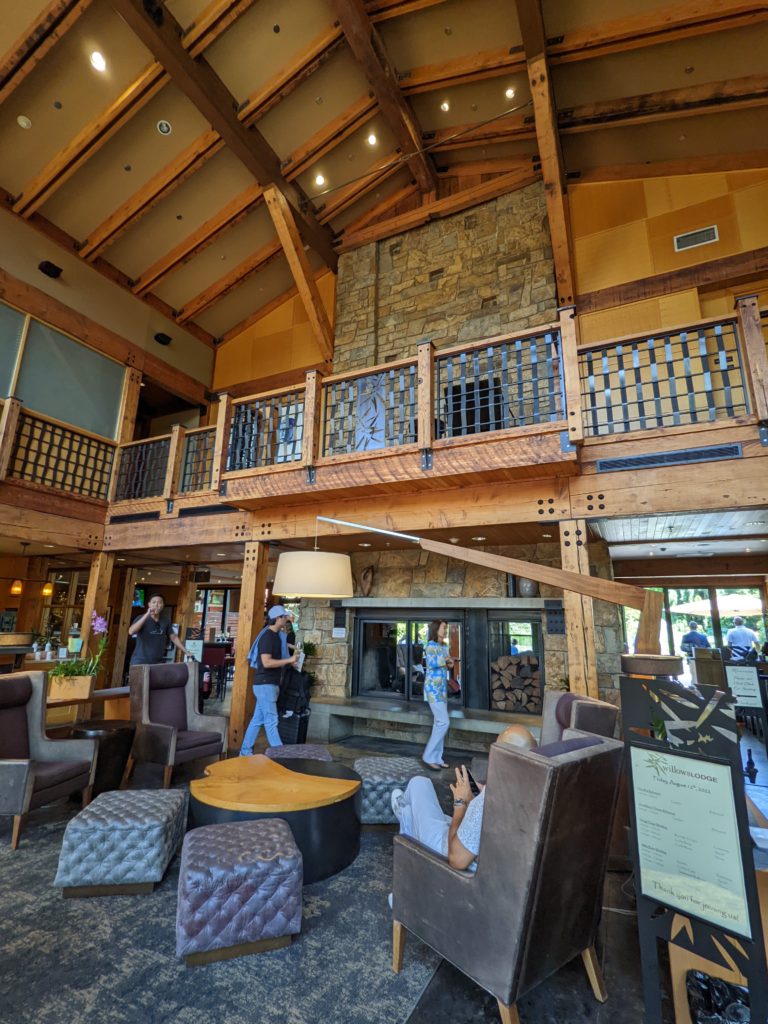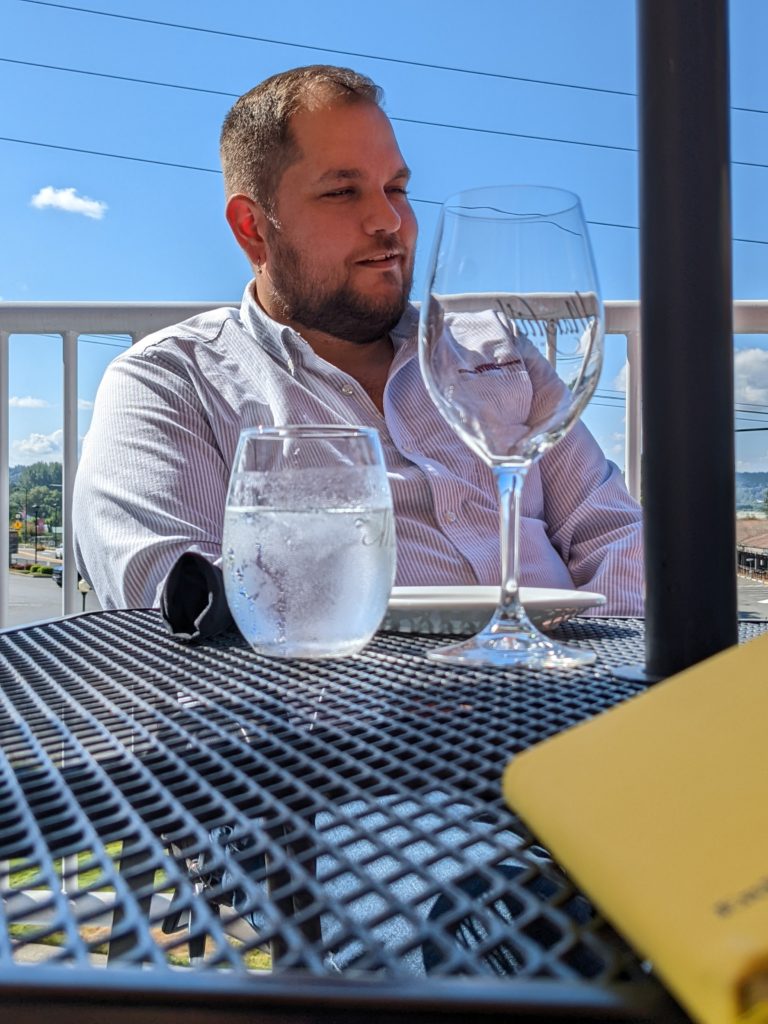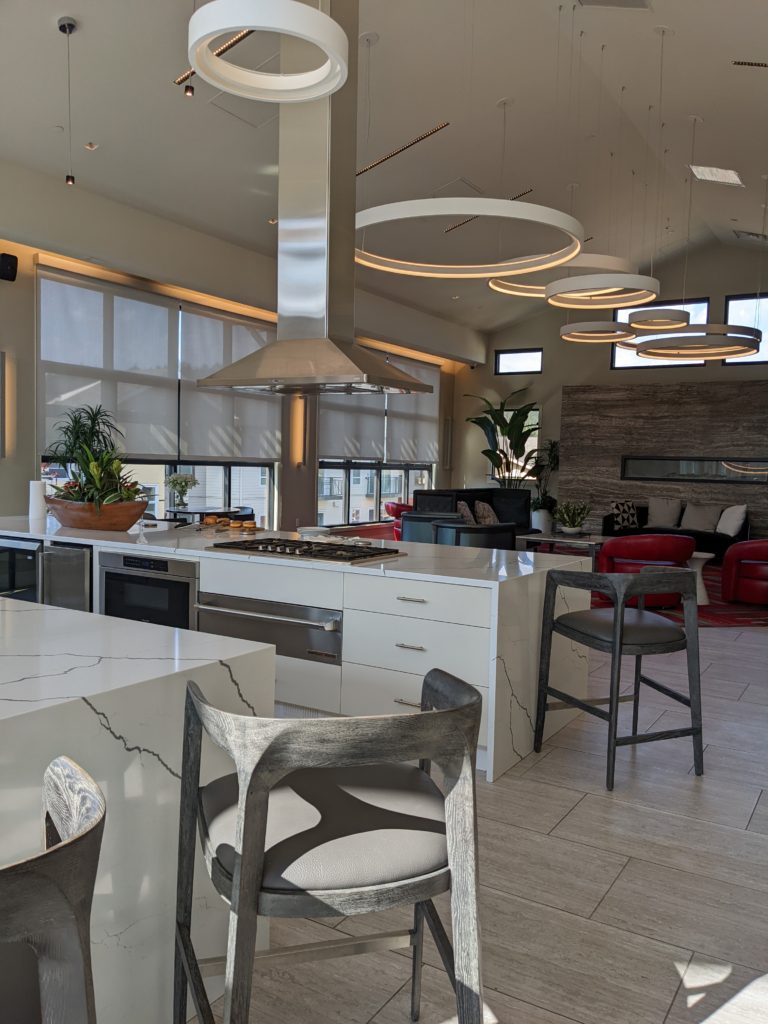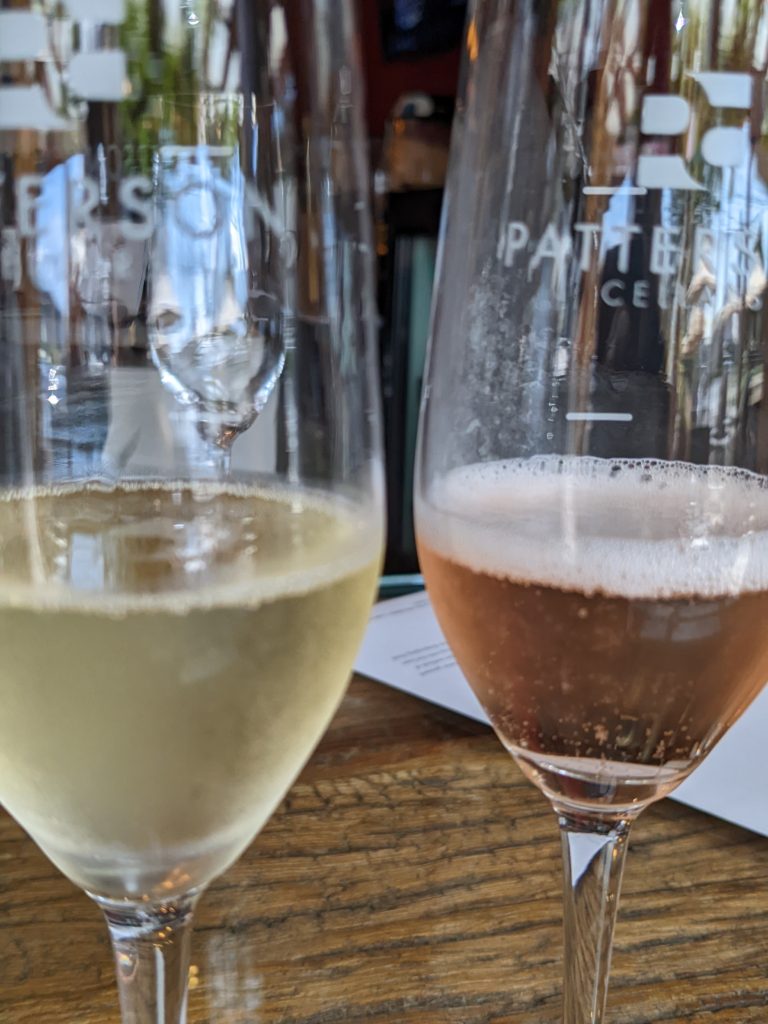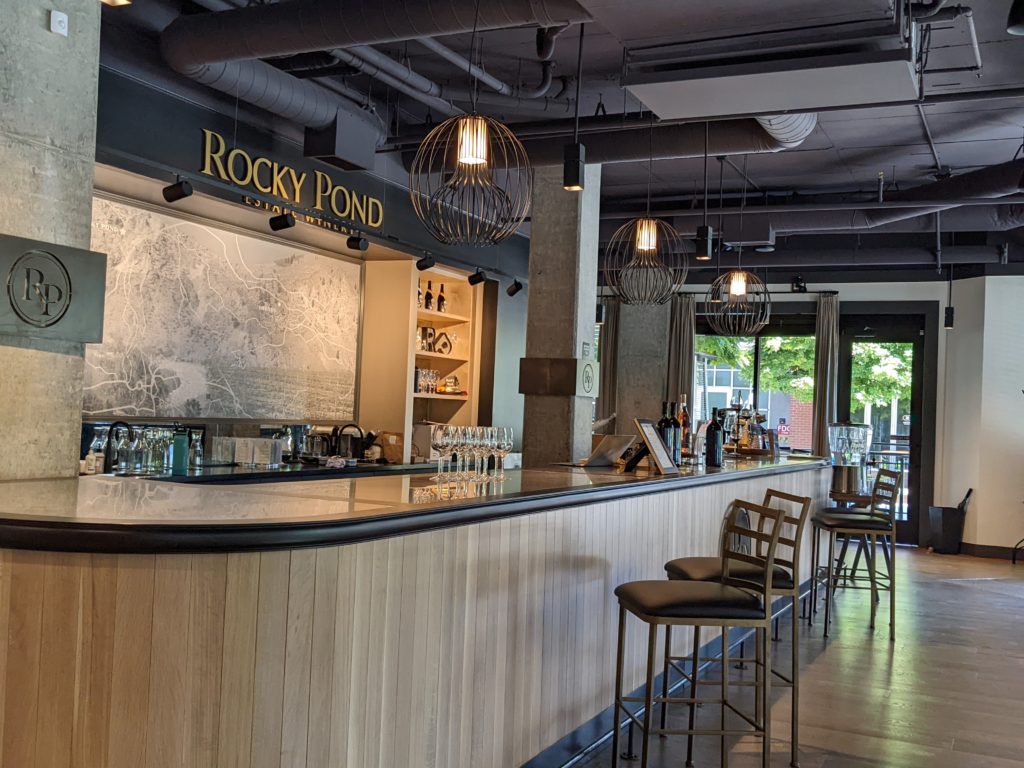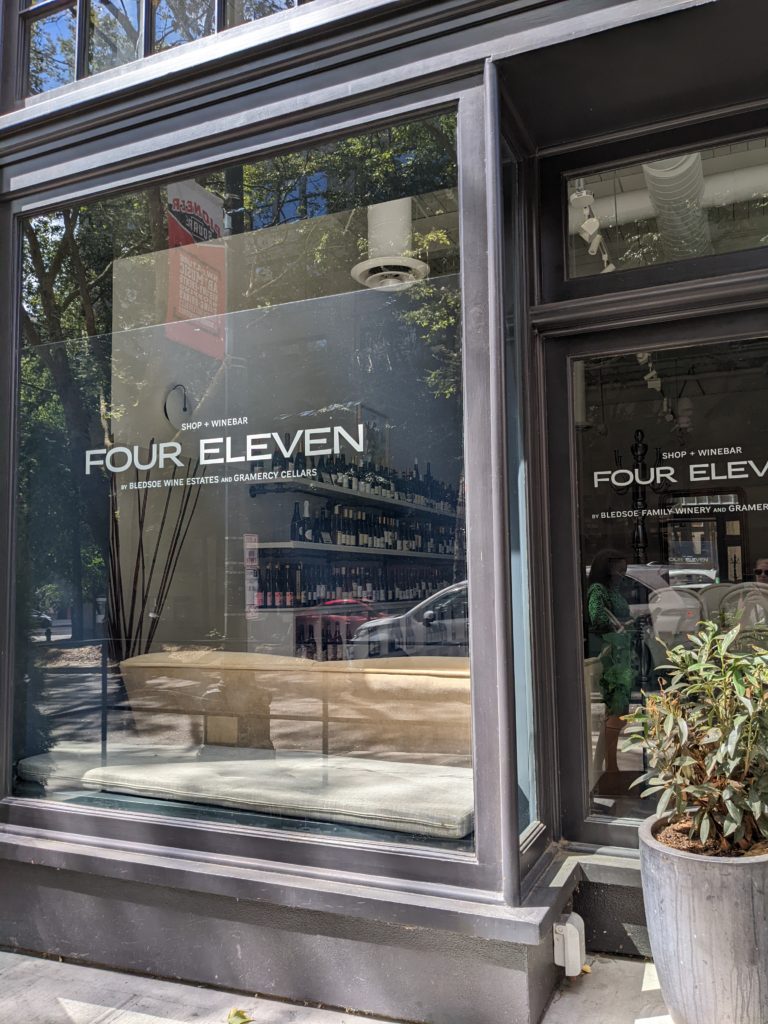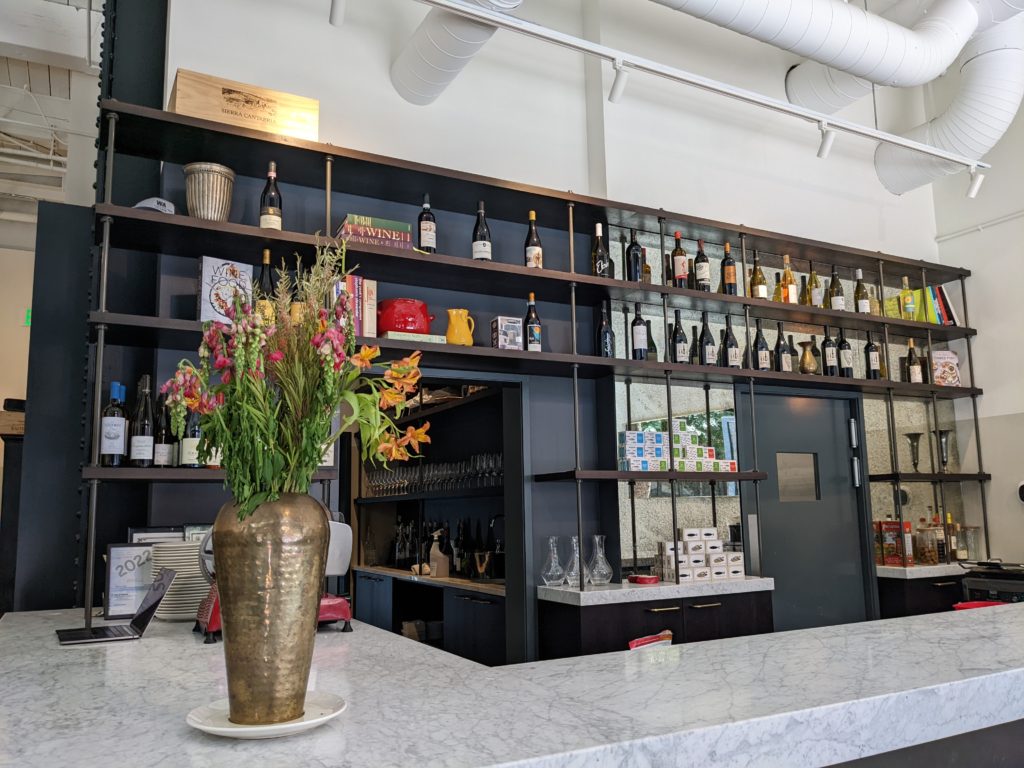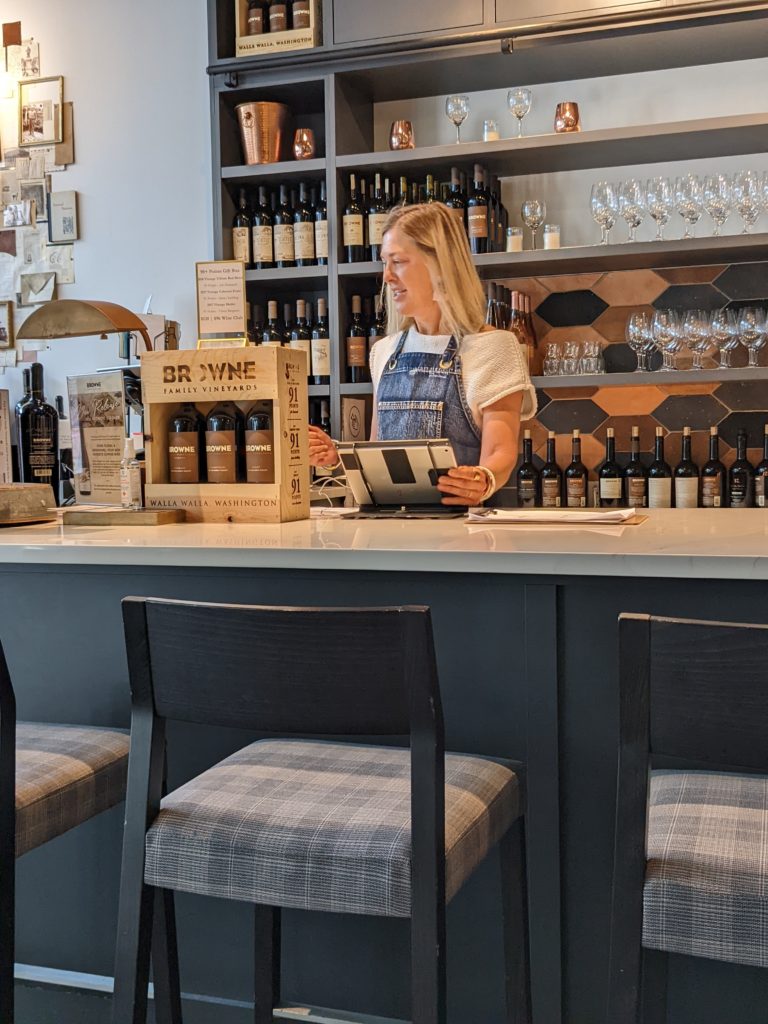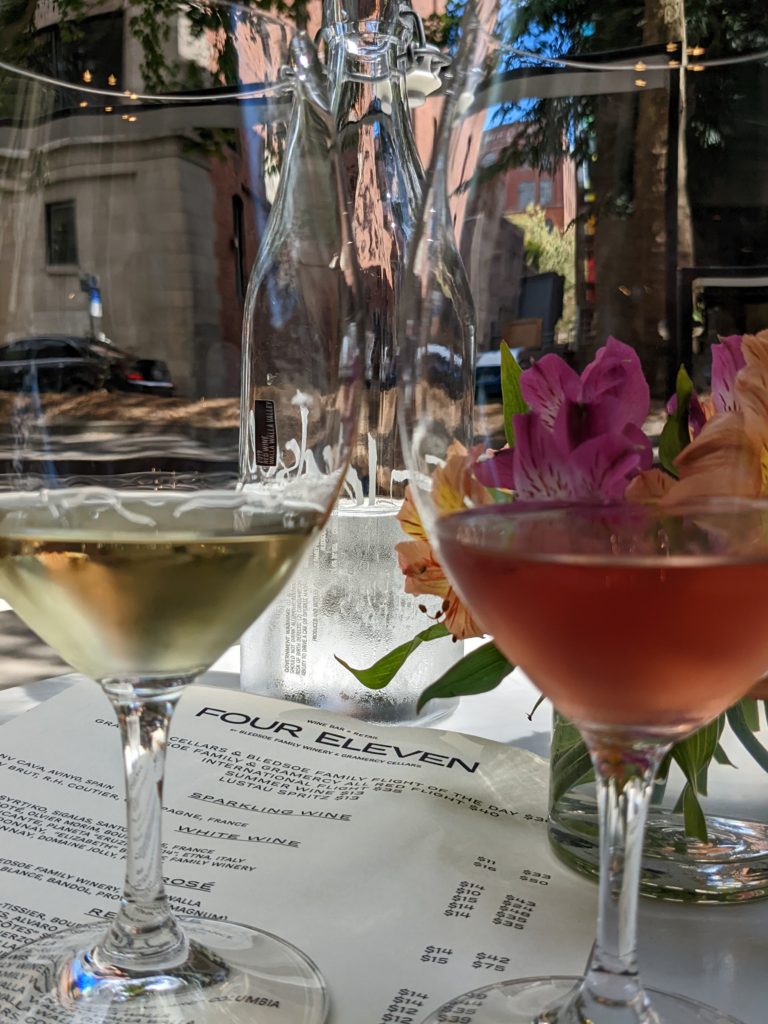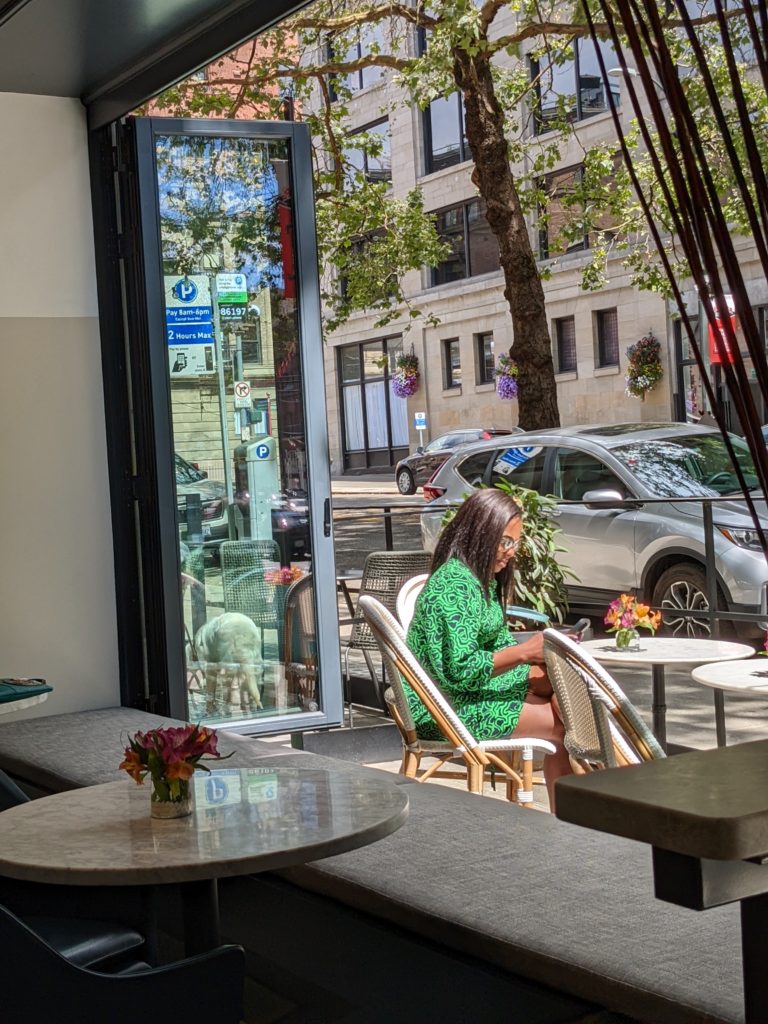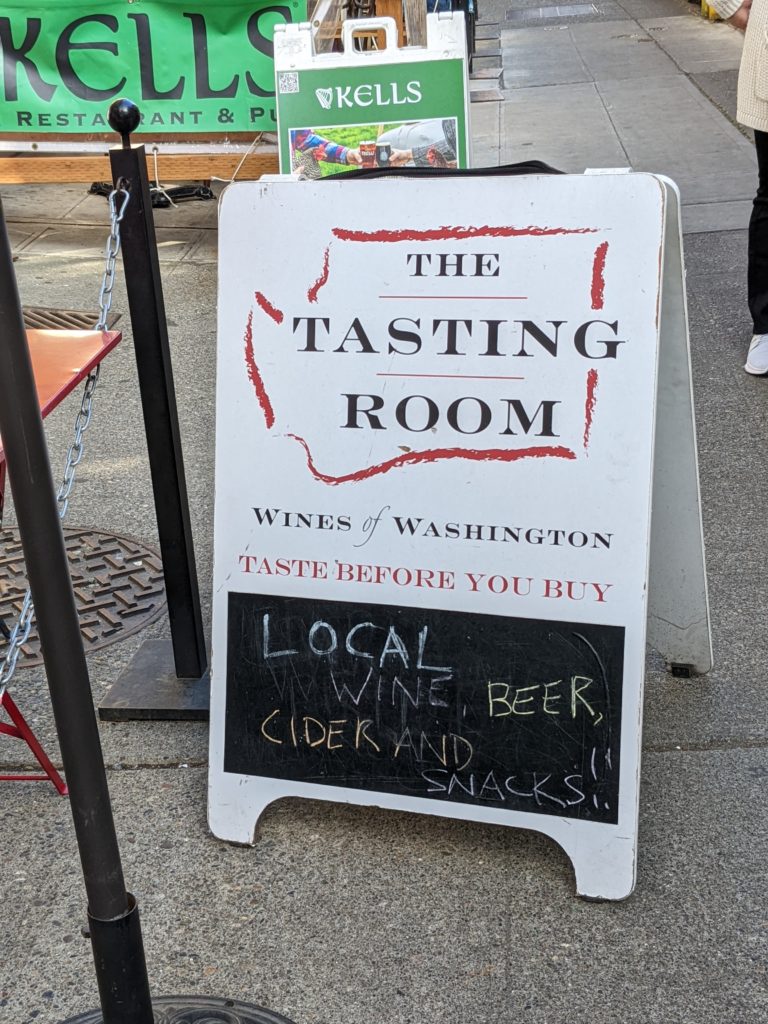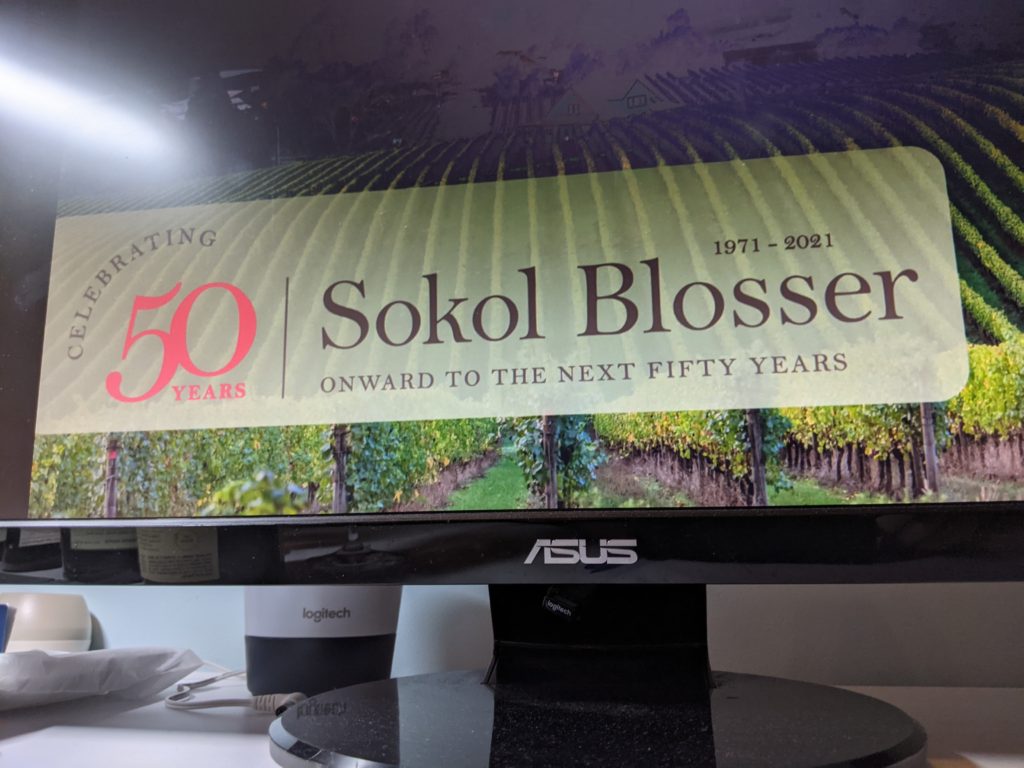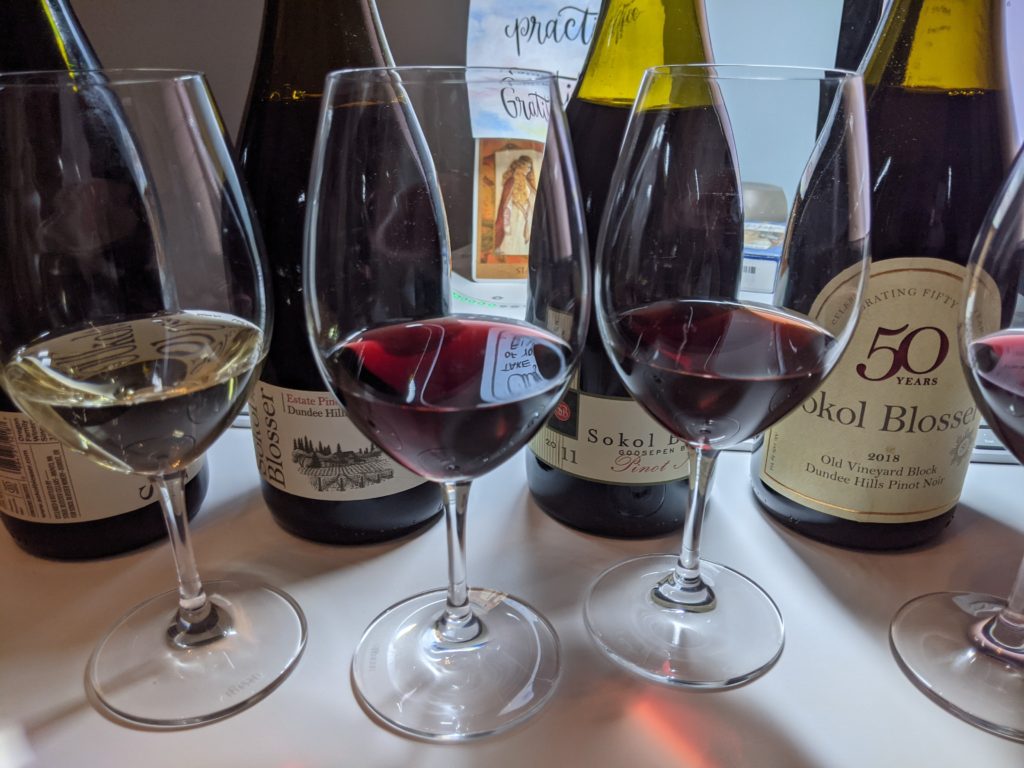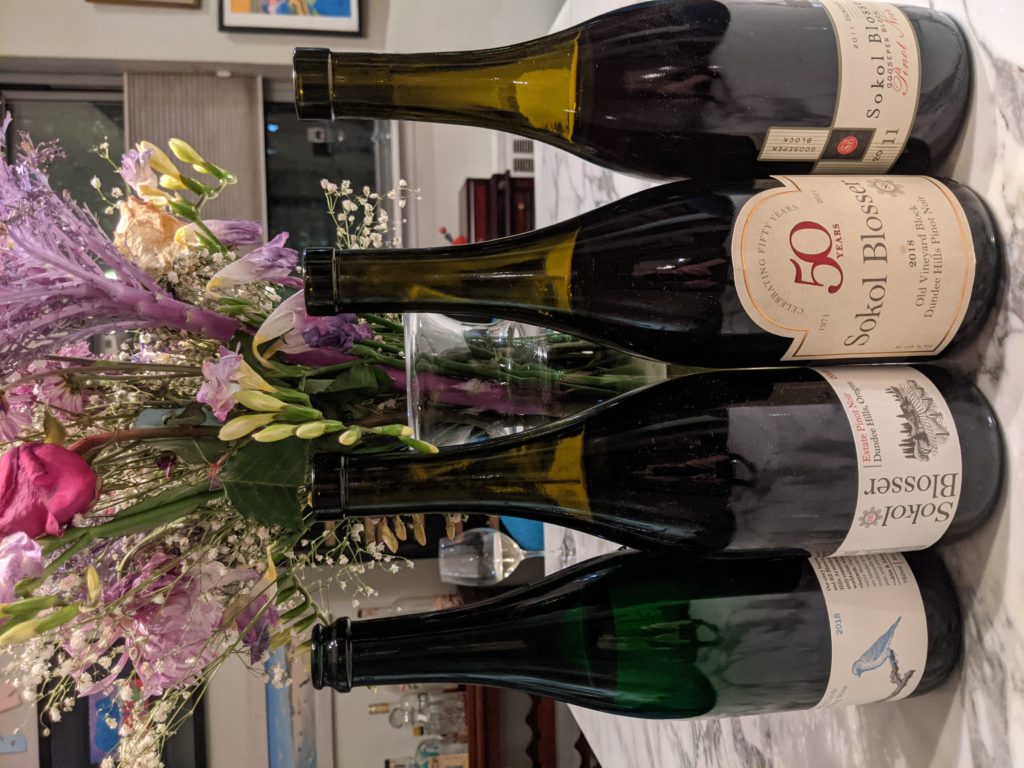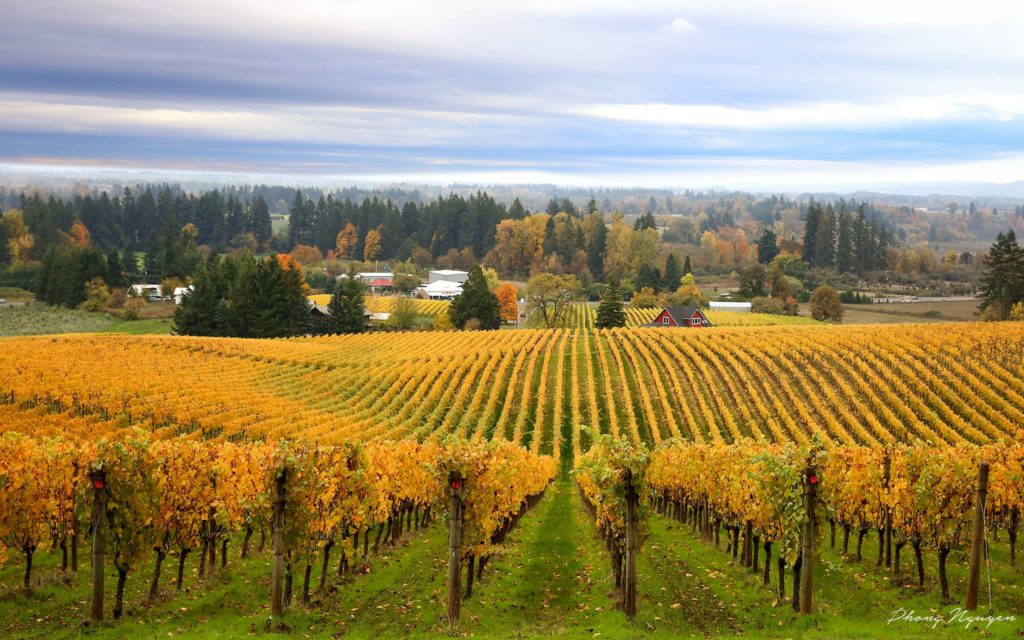
While many people are familiar with California wine, Washington wine might be a new discovery. Moreover, for those that do know that Washington State makes wine, they are likely thinking of damp, rainy Seattle. But, that’s not the real story. Rather, the majority of Washington grapes are grown east of the Cascade Mountains. What that means is that the cold, wet weather we associate with Seattle stays on the West Coast while the state’s interior provides desert-like conditions. In many cases, grape growing is made possible here due to irrigation. There is also a blend of wide, open land, mountains and hence, altitude, all of which impact the climate and growing conditions of these grapes.
Thanks to this climate, this is Cabernet and Syrah country, not Pinot Noir territory, which is a grape more appropriately correlated with Oregon. Consequently, while only three hours away from Seattle, Washington wine is truly a world away from one’s initial conception. Yet, as I recently discovered, there are many opportunities to become acquainted with these wines without having to travel too far.
Moreover, this is an exciting time for the state and its wines as it stands on a precipice for even further greatness. These are well made, balanced wines, representing good value, diversity and innovation. As I spent three days immersed in Washington wine, I grew more and more bullish about what is to come and treasured the interactions with the passionate people who are behind these amazing wines.
The Washington wine industry is definitely one to watch and I strongly recommend seeking these wines out if and when you have the opportunity. Admittedly, many of these wines never make it beyond the confines of the state, but if you find them at a retailer or restaurant near you, I highly encourage you to check them out.
Further, you can create an exciting, wine-oriented weekend (or longer) with visits to Woodinville or even Seattle, without the lengthier drive to the Columbia Valley and beyond.
Where to weekend: The Wonders of Woodinville
Situated 25 miles northeast of Seattle, Woodinville, WA was initially home to a logging industry which was then replaced by agriculture. Yet, today, none of that remains and, instead, the area has been thoroughly converted into the epicenter of Washington wine.
With its tagline, “Where Washington pours,” Woodinville is home to 120 wine tasting rooms representing 19 of 20 AVAs (American Viticultural Areas), 10 breweries and five distilleries. Sixty of those wineries actually produce wine in the Woodinville area while the remainder have their winemaking facilities elsewhere.
What makes Woodinville particularly unique is that it makes the wineries accessible to tourists who might be visiting Seattle for a short period of time such as on a business trip or before or after a cruise. This is a perfect foray into Washington wine with a plethora of tasting rooms and restaurants from which to choose. There is an incredible focus on hospitality and each tasting room has its own unique approach to serving guests, but all are excited to welcome you to taste their wines and enjoy the experience.
Woodinville got its start as a wine-centric town in 1976, when Chateau Ste Michelle established it’s beautiful French-style chateau winery building, vineyards and winemaking facilities there. It took some time for the area to catch on, but it is now in the midst of significant growth and expansion, yielding even more opportunities for people to learn about Washington wine and other state-centric products.
Within the town borders there are four main districts, each with its own personality and focus. Established about 15 years ago, the Warehouse District has become an incubator for up-and-coming producers and small batch productions. This is often a place for hobbyists to get their start. In contrast, the West Valley District has become more industrial and is home to the majority of distilleries and breweries.
Named for an old schoolhouse, which presently serves as the tasting room for Maryhill Winery, the Hollywood Hills District caters to tourism and will soon be home to a 22-acre project in development which will include a 128-room hotel called Somm, under Marriott’s Autograph Collection. The property will also include event space, dining facilities and a custom blending operation. This accommodation will join the existing boutique Willows Lodge, with its Barking Frog restaurant and luxury spa.
Hollywood Hills is also home to Patterson Cellars*, Gorman Winery*, Sparkman Cellars* and DeLillle Winery*, the latter of which launched a full-service, wine-centric restaurant, The Lounge, in 2021.
Most notably, the Downtown District has seen incredible investment in retail and residential real estate. In particular, the area has seen the building of 1,599 new housing units, including high-end apartments and single-family residences, which appeal to both retirees and young, tech folks. With close proximity to Redmond, Bellevue, Tacoma and Seattle (and thus the headquarters for Microsoft, Space X, Amazon, Costco and more), as well as skiing and other activities, there are many people interested in moving in. There are number of new tasting rooms here, too, such as the brand-new outpost for Rocky Pond Estate Winery.*
The job of shepherding and spearheading promotion of the area falls to Woodinville
Wine Country and during my visit, I had the wonderful opportunity to meet Adam Acampora, who joined the organization earlier this year as Executive Director. His background is both on target and unusual coming from Tennessee where he ran the state wine program there, not a place most frequently associated with wine. But he is well versed in wine, marketing and hospitality and is well poised to lead the renaissance well underway.
As new restaurants (such as the newly opened Walla Walla Steak Co.*), wineries (L’Ecole 41* coming soon) and hotels continue to make the move to Woodinville, the town will become an even bigger draw for residents and tourists alike. This is truly a wonderful, weekend getaway to immerse yourself in Washington wine.
Where to weekend: Seattle Sips
If you are more pressed for time or simply don’t want to leave the confines of Seattle proper, you still have tasting options. First and foremost, most Seattle-area restaurants feature Washington wines on their menus, both by the glass and bottle. In particular, check out Purple Café, with locations in both downtown Seattle and Woodinville.
The historic Pioneer Square area counts itself as Seattle’s first neighborhood, incorporated in 1869. The area is currently home to two tasting rooms: Four Eleven Wine and Browne Family Vineyards.
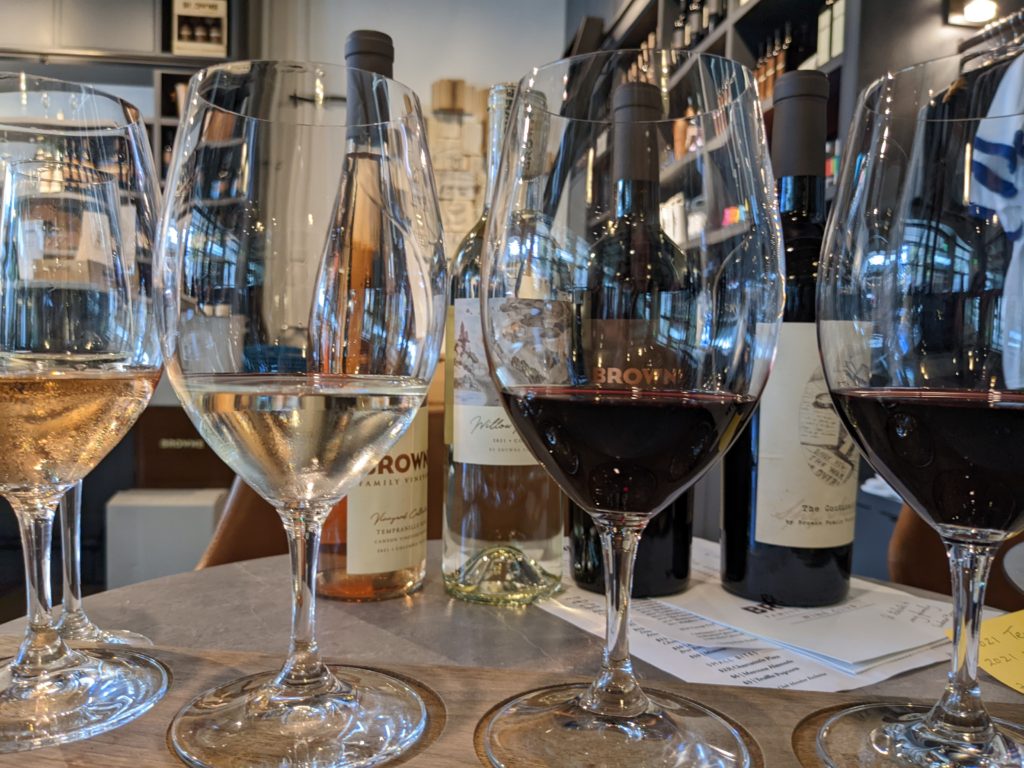
The Four Eleven Wine lounge is collaboration between Bledsoe Family Winery* and Gramercy Cellars*, both of the Walla Walla Valley, who looked to find a shared tasting room on the West side of Washington State. The result is Four Eleven Wine. Open daily, the space offers a traditional tasting room experience until 5:00pm and wine seminars on Tuesday evenings, along with a wine bar and full retail selection of local and international wine selections.
Two doors down, situated in the 1906 Sellar Building, designed by architect A. Warren Gould, Brown Family Vineyards* opened their Seattle tasting room in 2017. The winery was inspired and named for William Bitner Browne, the late grandfather of proprietor Andrew Browne. The tasting room offers various tasting flights and is also available for private parties and events.
Just steps from Pike Place Market, The Tasting Room offers a selection of wines from winemaker owned wineries in the state. On any given day, over 60 different wines are available to taste in flights (four one-ounce pours) or by the glass. Open daily, with live music on Friday nights.
And, if you didn’t get enough wine while in Woodinville or in town, there’s always a final hurrah at the airport. Located in the Central Terminal and open daily 12pm – 9pm, Vyne Washington Tasting Room exclusively serves Washington state wines and was awarded “Best New Food and Beverage” full-service concept by the Airports Council International – North America.
Where in the world is Washington wine? It’s at the top of its game and hopefully in your glass. Now you just have to start planning your weekends away!
*NB: More to come in a future story or stories on these wineries and restaurants.
